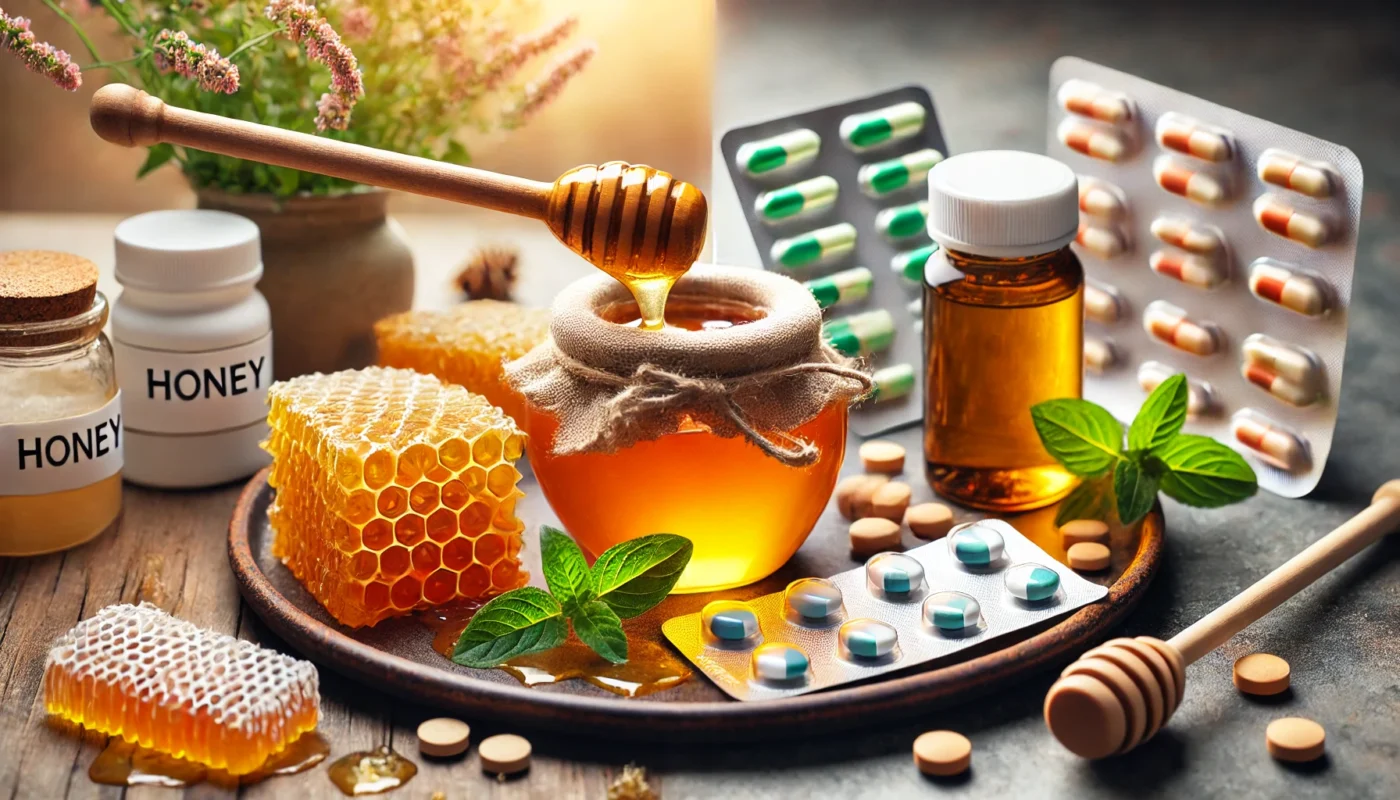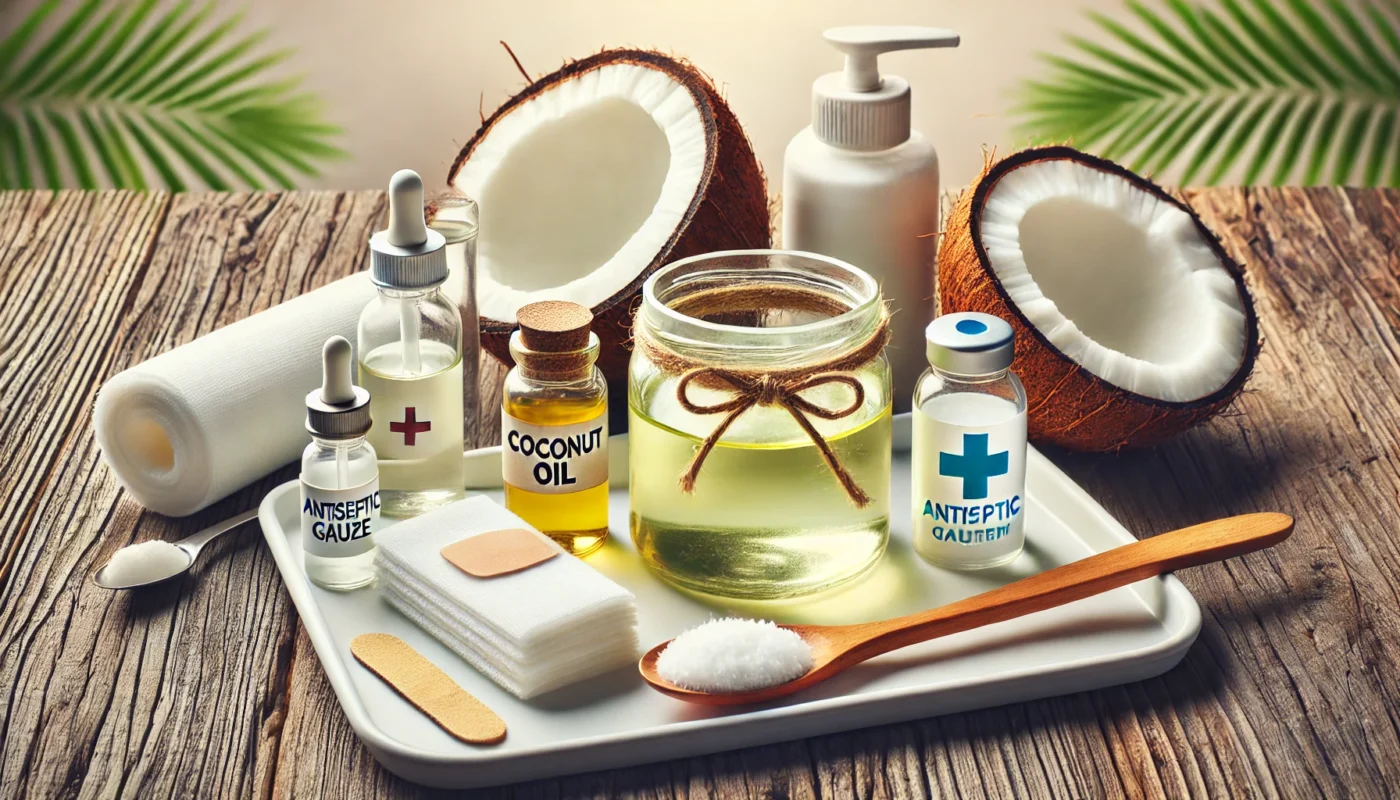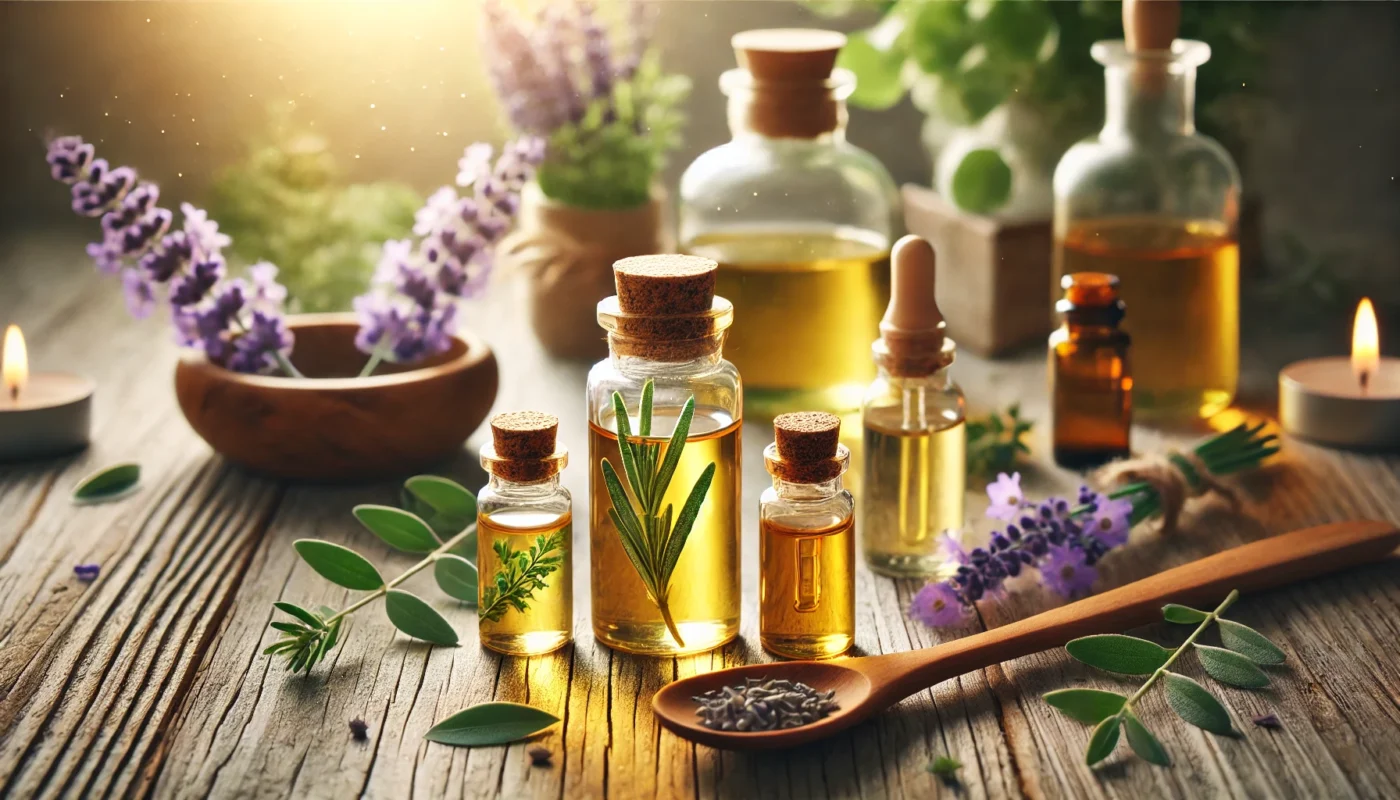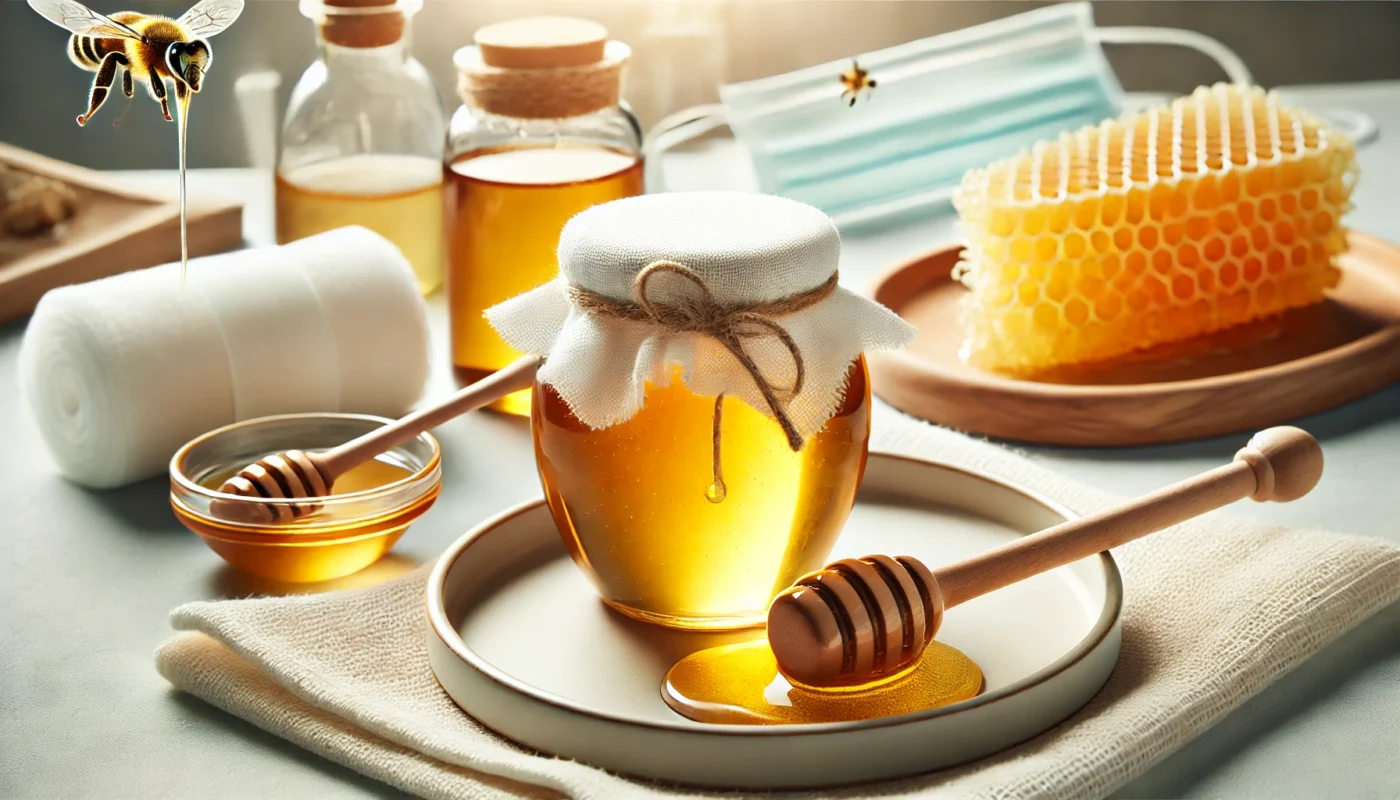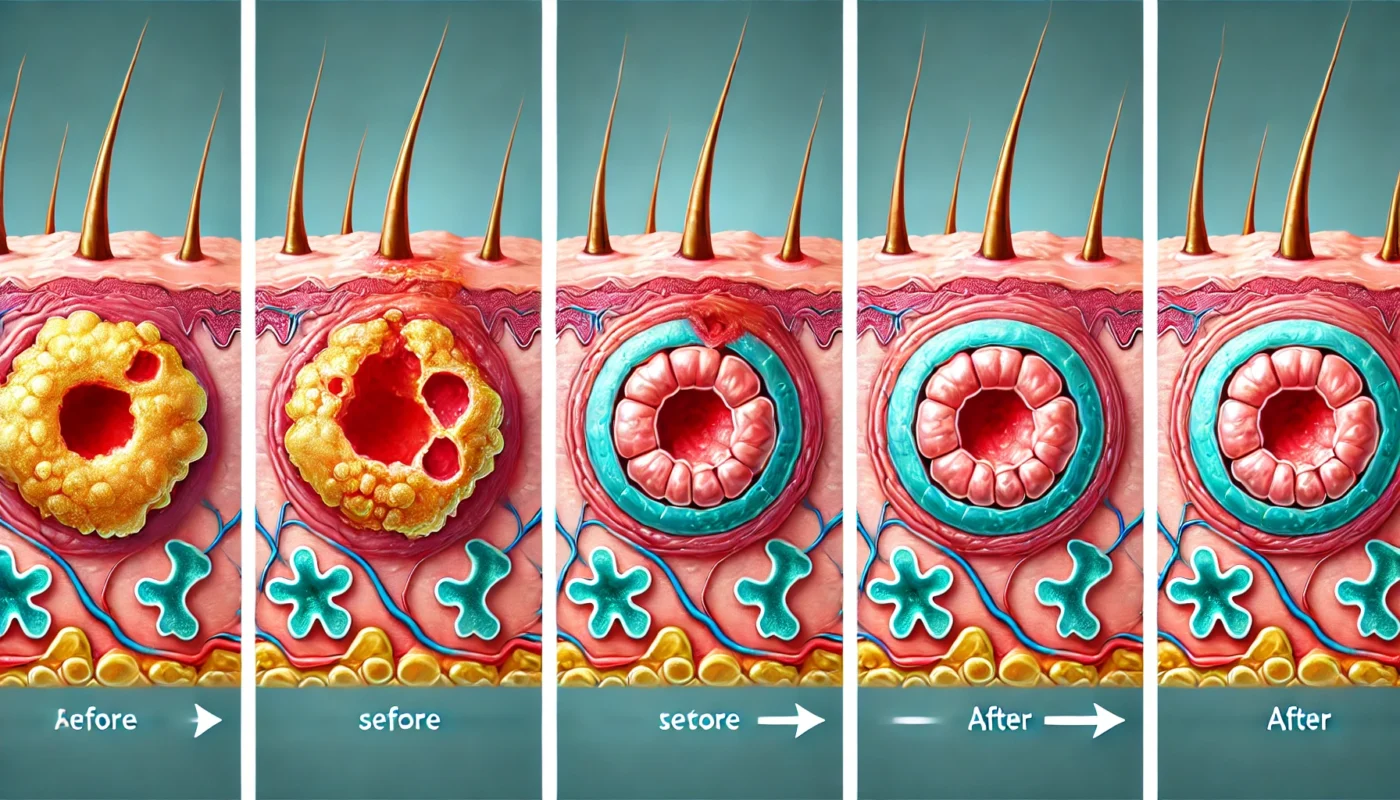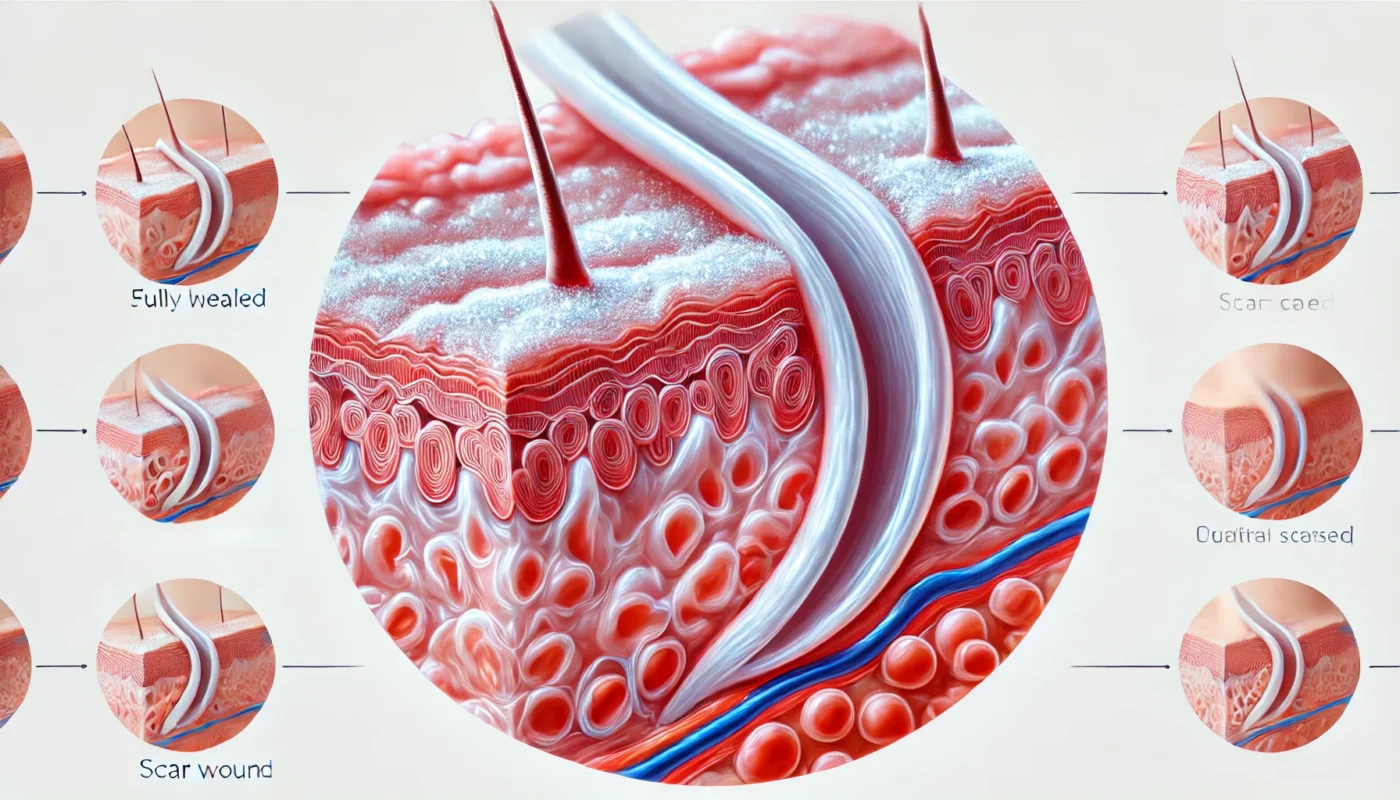Keloids are overgrown scar tissues that extend beyond the original injury site. Unlike regular scars, keloids do not regress over time and can sometimes grow larger. They are more prevalent in individuals with darker skin tones and can result from injuries, surgeries, acne, or even piercings.
Tag Archives: Wound Care
Honey is not just a sweet treat; it has been revered for its healing properties for thousands of years. This section explores the historical and scientific foundations of honey’s medicinal uses.
Coconut oil is derived from the flesh of coconuts and is rich in medium-chain fatty acids, particularly lauric acid. These fatty acids are known for their antimicrobial, anti-inflammatory, and moisturizing properties, which contribute to coconut oil’s popularity in skincare.
Essential oils are concentrated plant extracts that capture the plant’s scent and flavor, or “essence.” The extraction process involves distillation or mechanical methods, such as cold pressing, to obtain the purest form of the plant’s natural oils. Each essential oil has unique compounds that contribute to its characteristic fragrance and therapeutic properties. When it comes to wound care, essential oils can offer antibacterial, antifungal, anti-inflammatory, and analgesic benefits.
The golden substance we have come to know as honey is not just a sweetener for your morning tea or toast. Medical grade honey, particularly Manuka honey, has been revered for its healing properties for centuries. But what makes it so special, and how can it be used effectively in wound care? In this article, we’ll delve into the benefits of medical grade honey, explore its use in healing wounds, and provide practical advice for those looking to incorporate this natural remedy into their health regimen.
Originating from New Zealand, Manuka honey is produced by bees that pollinate the native Manuka bush. Unlike regular honey, Manuka honey contains a higher concentration of methylglyoxal (MGO), a compound believed to be responsible for its potent antibacterial properties. This honey also boasts a unique Manuka factor (UMF), a grading system that indicates the level of its antibacterial activity. Understanding these components helps consumers make informed decisions when selecting Manuka honey for therapeutic use.
In the hustle and bustle of daily life, minor injuries like cuts and scrapes can happen unexpectedly. While these might seem trivial at first, they can lead to infections if not properly cared for, especially if they involve pus or become smelly. If you find yourself with an infected cut, you may be seeking home remedies to naturally accelerate healing. In this comprehensive guide, we’ll delve into effective natural remedies for treating infected wounds and cuts, providing you with practical advice to ensure optimal healing.
In our day-to-day lives, we often encounter minor injuries such as abrasions or “scrapes.” These seemingly insignificant wounds, though common, can raise questions about healing time and proper care. Whether you’re a fitness enthusiast, a health enthusiast, or someone recovering from an injury, understanding the abrasion wound healing process can empower you to manage these injuries effectively. This article delves into the intricacies of healing, offering insights and practical advice to optimize recovery.
An abscess is essentially a pocket of pus that forms due to an infection. The human body’s response to infection involves sending white blood cells to the affected area, leading to inflammation and the accumulation of pus. This natural defense mechanism aims to isolate the infection and prevent it from spreading.
In the aftermath of any traumatic injury, including stab wounds, the journey to full recovery doesn’t end once the wound has closed. The long-term care of healed stab wounds is a crucial step to ensure optimal recovery and prevent potential complications. This article delves into the complexities of wound healing, offering practical advice and insights grounded in scientific research to help individuals manage their recovery process effectively.
- 1
- 2


